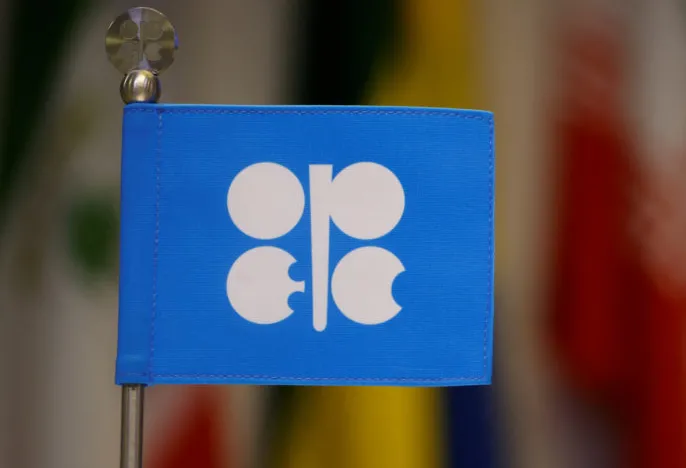The Organization of the Petroleum Exporting Countries (OPEC) plays a pivotal role in the global oil industry. Established in 1960, OPEC has grown from a coalition of five countries to a significant entity influencing oil production, pricing, and international energy policies. This article provides a comprehensive overview of OPEC, exploring its history, objectives, member countries, and its impact on the global economy.
History of OPEC
Formation and Early Years
OPEC was founded on September 14, 1960, during a conference in Baghdad, Iraq. The founding members—Iran, Iraq, Kuwait, Saudi Arabia, and Venezuela—sought to coordinate and unify petroleum policies among oil-producing nations. Their goal was to secure fair and stable prices for petroleum producers and ensure a regular supply to consuming nations. Initially headquartered in Geneva, Switzerland, OPEC moved its headquarters to Vienna, Austria, in 1965.
Expansion of Membership
Over the decades, OPEC’s membership expanded to include countries from various regions:
1961: Qatar joined but later terminated its membership in January 2019.
1962: Libya became a member, followed by the United Arab Emirates in 1967.
1969: Algeria joined the organization.
1971: Nigeria became a member.
1975: Gabon joined but later terminated its membership in January 1995, rejoining in July 2016.
2017: Equatorial Guinea became a member.
2018: Congo joined OPEC.
As of 2025, OPEC comprises 13 member countries: Algeria, Angola, Congo, Equatorial Guinea, Gabon, Iran, Iraq, Kuwait, Libya, Nigeria, Saudi Arabia, the United Arab Emirates, and Venezuela.
Objectives of OPEC
OPEC’s primary mission is to coordinate and unify petroleum policies among its member countries. This coordination aims to achieve several key objectives:
Price Stability: By regulating oil production levels, OPEC seeks to prevent extreme fluctuations in oil prices, ensuring fair and stable prices for both producers and consumers.
Supply Security: The organization strives to maintain an efficient, economic, and regular supply of petroleum to consuming nations, avoiding shortages or surpluses that could disrupt global markets.
Economic Returns: OPEC aims to secure a steady income for oil-producing nations and ensure fair returns on investments in the petroleum industry.
Influence on Global Oil Markets
Production Control
One of OPEC’s most significant tools for influencing global oil markets is its ability to adjust production levels. By increasing or decreasing oil output, OPEC can impact global supply, thereby influencing prices. For instance, during the 1973 oil crisis, OPEC’s decision to cut production led to a quadrupling of oil prices, causing widespread economic disruptions.
Collaboration with Non-Member Countries
Recognizing the importance of a unified approach to global oil production, OPEC established OPEC+ in 2016. This alliance includes OPEC members and other major oil-producing countries like Russia. OPEC+ works together to set production targets, aiming to balance global oil supply and demand. For example, in March 2025, OPEC+ announced new plans for oil output cuts to compensate for previous overproduction, demonstrating its ongoing efforts to stabilize the market.
Economic and Political Impact
OPEC’s decisions extend beyond economics; they have significant political implications. The organization’s ability to influence oil prices means that geopolitical events involving member countries can have global repercussions. For instance, the 1973 oil embargo, a response to geopolitical tensions, led to widespread fuel shortages and highlighted the strategic importance of oil in international relations.
Challenges and Criticisms
Despite its influential role, OPEC faces several challenges:
Member Compliance: Ensuring that all member countries adhere to agreed-upon production targets can be difficult, as economic pressures may tempt nations to exceed their quotas.
Market Dynamics: The rise of non-OPEC oil producers, particularly shale oil producers in the United States, has altered global oil supply dynamics, challenging OPEC’s traditional market dominance.
Environmental Concerns: Global efforts to combat climate change are leading to reduced demand for fossil fuels, posing long-term challenges for oil-dependent economies.
Recent Developments
In recent years, OPEC has taken steps to adapt to changing global energy landscapes:
Engagement with Non-Members: Brazil’s decision to join OPEC+ in early 2025 underscores the organization’s efforts to include major oil producers outside its traditional membership, aiming for more comprehensive market coordination.
Production Adjustments: OPEC’s ongoing adjustments to production targets, such as the compensatory cuts announced in March 2025, reflect its responsiveness to market conditions and its commitment to maintaining stability.
Conclusion
OPEC remains a cornerstone of the global oil industry, with its policies and decisions influencing economies worldwide. By understanding OPEC’s history, objectives, and challenges, stakeholders can better navigate the complexities of the international oil market and anticipate the potential impacts of the organization’s actions on global energy dynamics.
Related topics:

